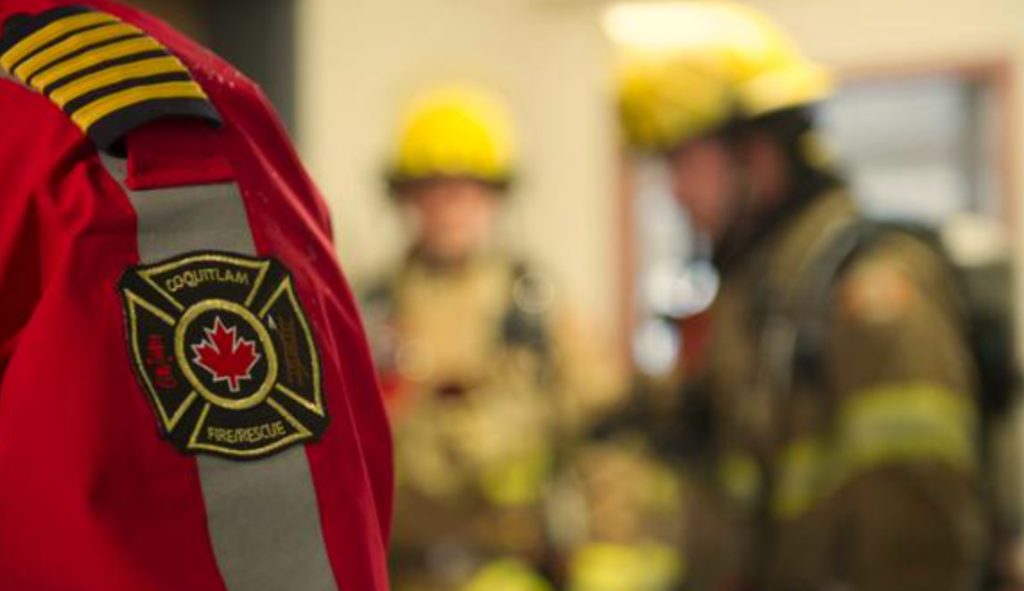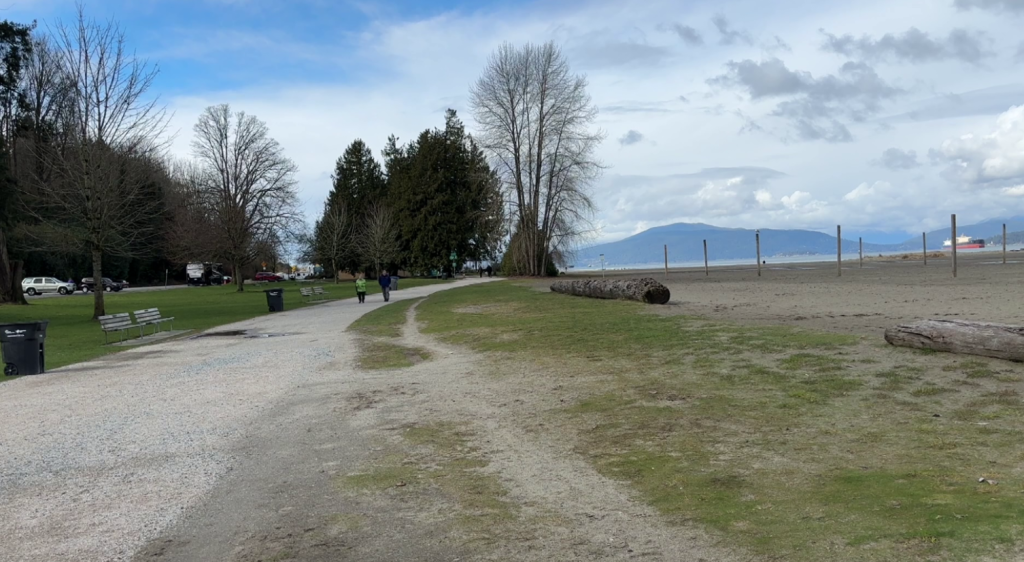B.C. researcher says windshields, plane wings could be easily de-iced
Posted April 26, 2019 5:26 pm.
Last Updated April 26, 2019 6:33 pm.
KELOWNA, B.C. — A University of British Columbia engineer has led a study about a coating he helped develop to one day easily de-ice windshields, airplane wings and power lines.
Assistant professor Kevin Golovin of UBC’s Okanagan campus says the coating called low-interfacial toughness, or LIT, would first be used for automatic ice makers inside freezers.
He says ice in a mould in a freezer is melted with heat before it lands in a cup, and that uses up about a quarter of the appliance’s energy.
Golovin says a Michigan company is looking at using the coating in freezers to save energy by eliminating the whole heating step.
He partnered with researchers at the University of Michigan and their study has been published in the journal Science.
Golovin says de-icing windshields and other large surfaces with anti-freeze is environmentally hazardous because it contains either ethylene glycol or propylene glycol that often lands on grass and in wastewater.
“The amount of de-icing fluids it takes to take ice off an airplane wing is extremely bad for the environment,” he said.
Coating surfaces with LIT material, made of plastics that could be biodegradable or bio-based, would allow ice to slide off without having to be forcibly scraped, like on a windshield.
Golovin says the new material helps scientists understand how ice adheres to a surface and that once a small crack is made to get rid of ice in a small area, the entire area can be de-iced in a domino-like effect.
The research was funded by the U.S. Office of Naval Research, the U.S. Department of Defence and the Natural Sciences and Engineering Research Council of Canada.










